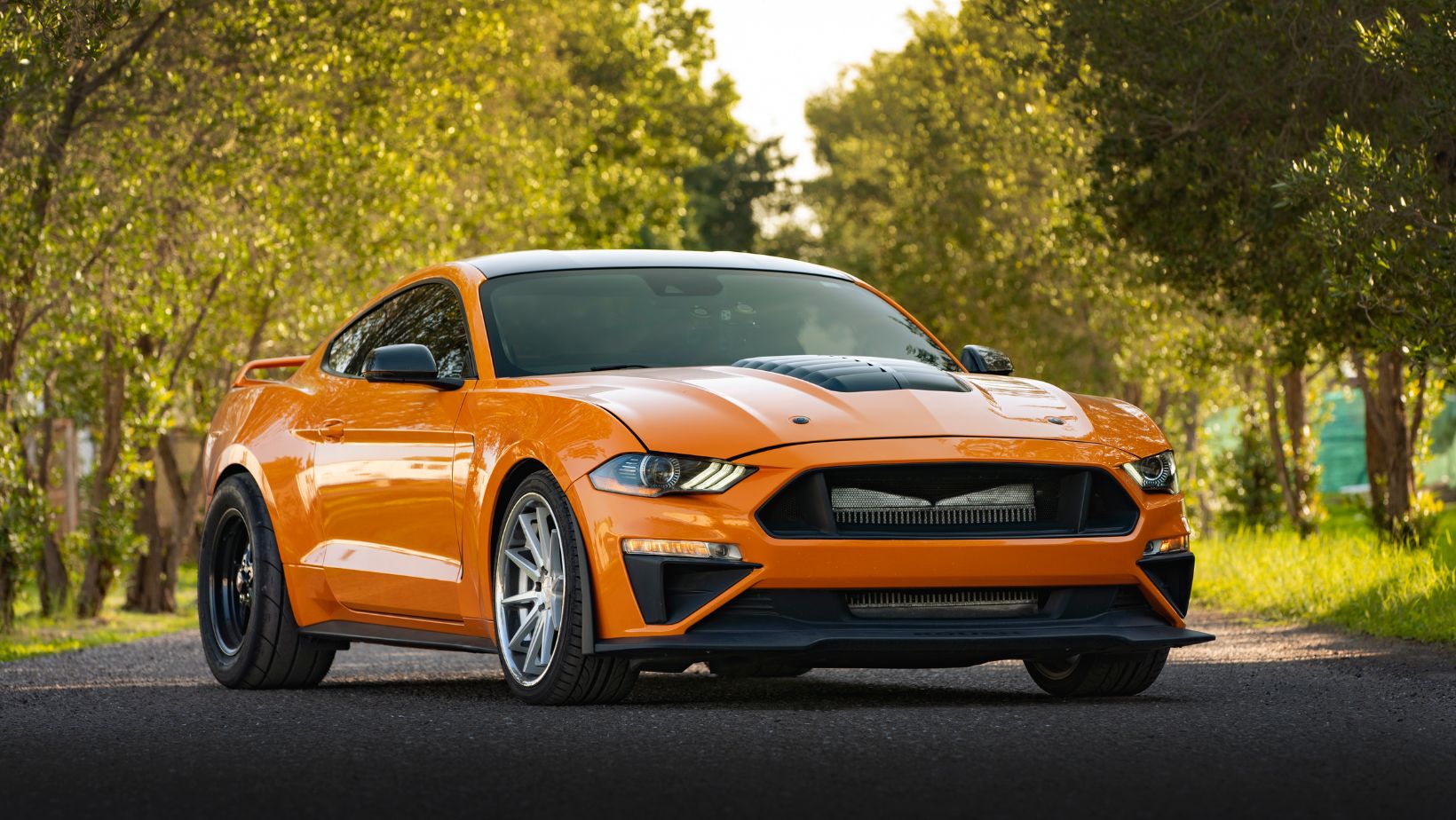
The modern automobile is no longer just a mechanical marvel. It’s a sophisticated computer on wheels. Today’s vehicles contain millions of lines of code controlling everything from engine performance to entertainment systems, fundamentally transforming how cars are designed, manufactured, and experienced by drivers. As the automotive industry undergoes its most dramatic shift since the assembly line, software has emerged as the critical differentiator between leading manufacturers and those struggling to keep pace.
The pursuit of automotive software excellence has become a strategic imperative for car manufacturers worldwide. Companies like Tesla, BMW, and Mercedes-Benz now employ thousands of software engineers, recognizing that the quality and innovation of their code directly impacts vehicle safety, performance, and customer satisfaction. This emphasis on software prowess represents a cultural transformation within an industry traditionally dominated by mechanical engineering expertise.
Powertrain and Engine Management
At the heart of every modern vehicle lies sophisticated engine control software that optimizes performance in real-time. These powertrain management systems continuously monitor hundreds of sensors, adjusting fuel injection, ignition timing, and valve operation thousands of times per second. Manufacturers use this software to squeeze maximum efficiency from engines while meeting stringent emissions regulations. In hybrid and electric vehicles, software becomes even more critical, managing the complex interplay between electric motors, battery systems, and regenerative braking to maximize range and performance.
The transition to electric powertrains has forced traditional automakers to develop entirely new software competencies. Battery management systems must precisely control charging rates, thermal conditions, and power distribution to ensure both safety and longevity. Tesla’s success in achieving superior range and performance stems largely from its software’s ability to extract maximum capability from battery cells—a competitive advantage built on code rather than hardware.
Advanced Driver Assistance Systems
Perhaps nowhere is automotive software more visible than in advanced driver assistance systems (ADAS). Features like adaptive cruise control, lane-keeping assist, automatic emergency braking, and parking assistance rely on complex algorithms processing data from cameras, radar, lidar, and ultrasonic sensors. Manufacturers invest billions in developing these systems, which must operate flawlessly in diverse conditions—from bright sunlight to heavy rain, from empty highways to crowded city streets.
Companies like General Motors, Ford, and Volkswagen have developed tiered approaches to autonomous driving capability, with each level requiring exponentially more sophisticated software. The challenge isn’t just writing code that works in ideal conditions, but creating robust systems that can handle edge cases and unexpected scenarios safely. This requires massive datasets, machine learning algorithms, and exhaustive testing both in simulation and real-world conditions.
Infotainment and Connected Services
The cabin experience has been revolutionized by automotive software, with touchscreen interfaces now standard even in economy vehicles. Manufacturers develop comprehensive infotainment platforms that integrate navigation, music streaming, smartphone connectivity, and vehicle settings into unified systems. Companies like Stellantis, Toyota, and Hyundai have created proprietary platforms while others have partnered with tech giants—GM with Google, Ford with Apple CarPlay and Android Auto—to deliver familiar user experiences.
Beyond entertainment, connected car platforms enable over-the-air software updates, remote diagnostics, and subscription services. This connectivity transforms the relationship between manufacturers and customers, allowing companies to improve vehicles after purchase, diagnose problems remotely, and create new revenue streams through software-enabled features. Tesla pioneered this approach, but traditional manufacturers are rapidly catching up, viewing software updates as essential to maintaining customer satisfaction and competitive advantage.

Manufacturing and Quality Control
Automotive software extends well beyond the vehicles themselves into the manufacturing process. Factory floors now run on sophisticated software systems that coordinate robotics, manage supply chains, and ensure quality control. Digital twin technology allows manufacturers to simulate entire production lines, optimizing processes before physical implementation. Companies like BMW and Audi use augmented reality software to assist assembly workers, overlaying digital instructions onto physical components.
Quality assurance increasingly depends on software-based testing protocols. Automated systems can run thousands of diagnostic checks, identifying potential defects that human inspectors might miss. This software integration throughout the manufacturing process enables the flexibility and efficiency required for modern production, where customization and rapid iteration are essential.
The Road Ahead
The automotive industry’s software revolution continues to accelerate. Manufacturers are developing vehicle operating systems that will serve as platforms for future innovation, much like smartphones evolved beyond their initial capabilities. Software-defined vehicles will allow manufacturers to add new features, improve performance, and extend vehicle lifespans through updates rather than hardware changes.
This transformation presents both opportunities and challenges. Traditional automakers must compete not only with each other but with technology companies entering the automotive space. Success increasingly depends on attracting top software talent, fostering innovation cultures, and investing in digital infrastructure. Those who master automotive software will define the future of mobility, while those who lag risk becoming irrelevant in an industry where code is as crucial as horsepower.